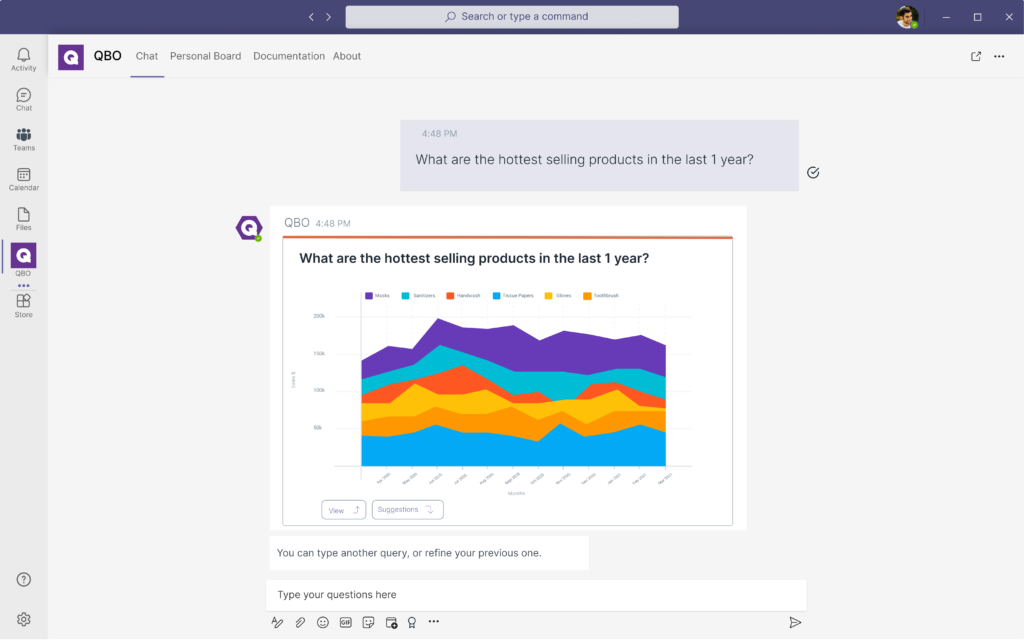 6 Minutes
6 Minutes

How To Make The Most Of Your Data Warehouse Investments
Cloud computing today is not only the new norm, it is the foundation that many businesses operate on.
From deploying new digital experiences in days to scalability and user elasticity, the cloud is undeniably becoming the choice for organizations to digitize rapidly and accelerate their growth, especially in a business environment that has been changed forever by the COVID-19 pandemic.
According to Gartner, over 75% of organizations that use cloud services have a cloud-first strategy – highlighting the trust and reliance business leaders have towards services on the cloud to fulfill their growing digital needs.
One of these needs is the storage of their data into data warehouses built on top of cloud infrastructure (such as Microsoft Azure, Amazon Web Services, Google Cloud etc).
With the groundbreaking IPO of Snowflake (a cloud-based data warehousing company) at a valuation of $33 billion, companies and corporations globally are undeniably relying on the benefits and capabilities of data warehousing services to store, secure and access their data.
The Advantages Of A Cloud Data Warehouse Are Clear
While there are other ways to store data such as a database, a data warehouse brings with it superior benefits that every organization will benefit from – especially when the data will inevitably be analyzed to gain insights from.
A database is designed to just record data while a data lake’s purpose is to store a huge amount of data in its raw unstructured form.
A data warehouse is a large storage solution for your structured data that is built specifically for accessing and analyzing the data stored within for business intelligence purposes.
It is an efficient way of storing, sharing and utilizing data across an organization with many departmental-siloed data sources.
Powerful data warehouses like Snowflake bring with it even more advantages that are inherent to their data-sharing capabilities and architecture.
1. Non-Disruptive & Independent Scaling
Snowflake’s data warehouses separate three critical layers of their data warehouse usage – the compute layer, the cloud services layer, and of course, the database storage layer.
This allows organizations to scale a specific layer, such as data storage, without causing any disruption to the rest of the other layers and incurring additional costs on capabilities that won’t be tapped.
This allows for seamless customization for your organization’s needs.
2. Enhances The Utility Of Your Business Intelligence Solution
Modern business intelligence today involves the use of artificial intelligence, machine learning and natural language processing, all of which require up-to-date and dynamic data (preferably structured) to be effectively analyzed.
Data warehouses provide a variety of functionality and data transformation capabilities that allow you to upload your data into them while maintaining the data quality, allowing you (or your business intelligence solution) to easily access and analyze them to gain insights.
3. Reduces Your IT Department’s Burden
While data lakes is an enticing choice to store all sorts of data, it brings various challenges such as higher data latency, duplication and unorganized data issues, making it hard for organizations to get value from their data effectively and efficiently.
With data warehouses, all data is stored and prepared in a manner that can be immediately accessed for analysis. There is a minimal need to get the IT department involved to spend valuable time in extracting and preparing data.
However, while all these advantages make the case for data warehouses, there are several drawbacks that come with it.
In the following sections, we will touch on why you’ll need to optimize your data warehouse and how to do it.
The Need To Optimize Your Data Warehouse
While a data warehouse is effective in helping you access and analyze your data for effective decision-making, there are several drawbacks that come with it.
The first is the need to store increasing amounts of diverse data – both structured and unstructured.
Across various industries, from retail to manufacturing, data is being generated not just from users and customers, but also from a myriad of devices and machinery especially as the world moves towards IoT (the internet of things).
Secondly, using data warehouses is still a time-consuming affair with specific skills and expertise required, especially in the extracting, transforming and loading of the data.
Thirdly, data from data warehouses are still raw data, pieces of information that still need to make sense – and traditionally this would take a team of data scientists and analysts to effectively derive useful insights for business leaders to use.
Worse of all, this process could take days and even weeks if the underlying question or challenge is complex enough.
Thankfully, we have compiled for you four strategies to make the most out of the data warehouse usage.
4 Ways To Maximize Your Data Warehouse Investment
1) Utilize Cloud Data Warehouses
As we highlighted earlier, utilizing cloud data warehouses brings with it significant benefits than developing your own on-premise data warehouse.
Apart from having no physical hardware costs or installation time needed, you will only need to pay for the storage space that you need at any given point in time.
This allows you to scale up or scale down your data storage needs on-demand without any need to buy or set-up physical servers or handle any maintenance issues.
Apart from the obvious cost benefits, by using a cloud data warehouse, you’ll be able to access the data warehouse’s built-in ecosystem of external cloud data analytics tools – such as Qbo. This will allow you to seamlessly analyze your data within the warehouse itself to gain insights faster.
2) Enhance Your Data Structures With Data Hubs & Data Lakes
While the advantages of data warehouses are compelling, it brings with it certain drawbacks when it comes to the flexibility of utilizing unstructured data while being difficult to make changes in the data types, ranges and indexes to name a few.
As Gartner points out, data warehouses and data hubs can be utilized together to improve the delivery of data from your business applications to your data warehouse, making the process more agile.
The data hub can act as a point of governance and integration hub for your critical data, synchronizing all data between your business processes and applications.
They can also help with integrating data from siloed warehouses or sources, feeding the curated data to another warehouse downstream.
A data lake on the other hand is a good complement to data warehousing in a modern data architecture where an organization has various different data-reliant processes happening at once.
By integrating them together, your users will be able to utilize standardized data in the data warehouse for business intelligence use while using the non-structured data in the data lake for your marketing intelligence research using applications such as machine learning and pattern recognition.
3) Optimize Your Data Warehouses With Hadoop (Offloading your ETL to Hadoop)
Data sources are becoming more complex and volumes are increasing exponentially as business processes include the cloud, mobile, social media, email and IoT applications.
This causes performance issues as well as network performance bottlenecks when huge amounts of data need to be processed.
Thankfully with the Hadoop framework to stage and process raw data, you will be able to use your data warehouse for only the high-value information frequently accessed by your users for their business intelligence needs.
Offloading your ETL as well as feeding raw data to Hadoop will reduce the CPU burden on data warehouses, allowing you to swiftly access and analyze the key data that matters to derive insights.
This helps enterprises to reduce costs while making it possible to effectively incorporate data integration and governance while maintaining data quality.
4) Utilize The Right Business Intelligence Tools
At the end of the day, data is meant to be utilized to provide insights for leaders to optimize and improve their businesses.
Utilizing the right business intelligence tools is key to maximizing your data warehouse investment to really foster a data-driven culture in your organization.
Business intelligence tools powered by conversational analytics allow users across your organization to ask questions directly to the data in your data warehouse, just like they would in a normal conversation.
This means a simple query such as ‘Which are our best selling products over the last 12 months?” will analyze all of your data and provide insights presented in the form of beautiful & intuitive visualizations – making it easy for business leaders, the casual user and data experts alike to understand.
Learn more about how our business intelligence tool, Qbo, can help you directly harness the power of your data directly from your data warehouses such as Snowflake.
The only purpose-built conversational business intelligence for the modern data enterprise.
Helping A National Telco Maximise Their Cloudera Data Warehouse Investment
Gain Insights Into Your Data Today For Better Decision Making
While utilizing Hadoop and data hubs to optimize your data warehouse is a good step, a lasting way to really benefit is to utilize the right BI solution that can integrate with your data storage to seamlessly analyze and deliver critical insights on demand.
At Unscrambl, we developed Qbo, an AI-powered conversational analytics cloud BI tool that helps you truly maximize the investment of your data warehouse investment.
Embark on a free 14-day trial today and start making faster & better data-driven decisions for your organization.






